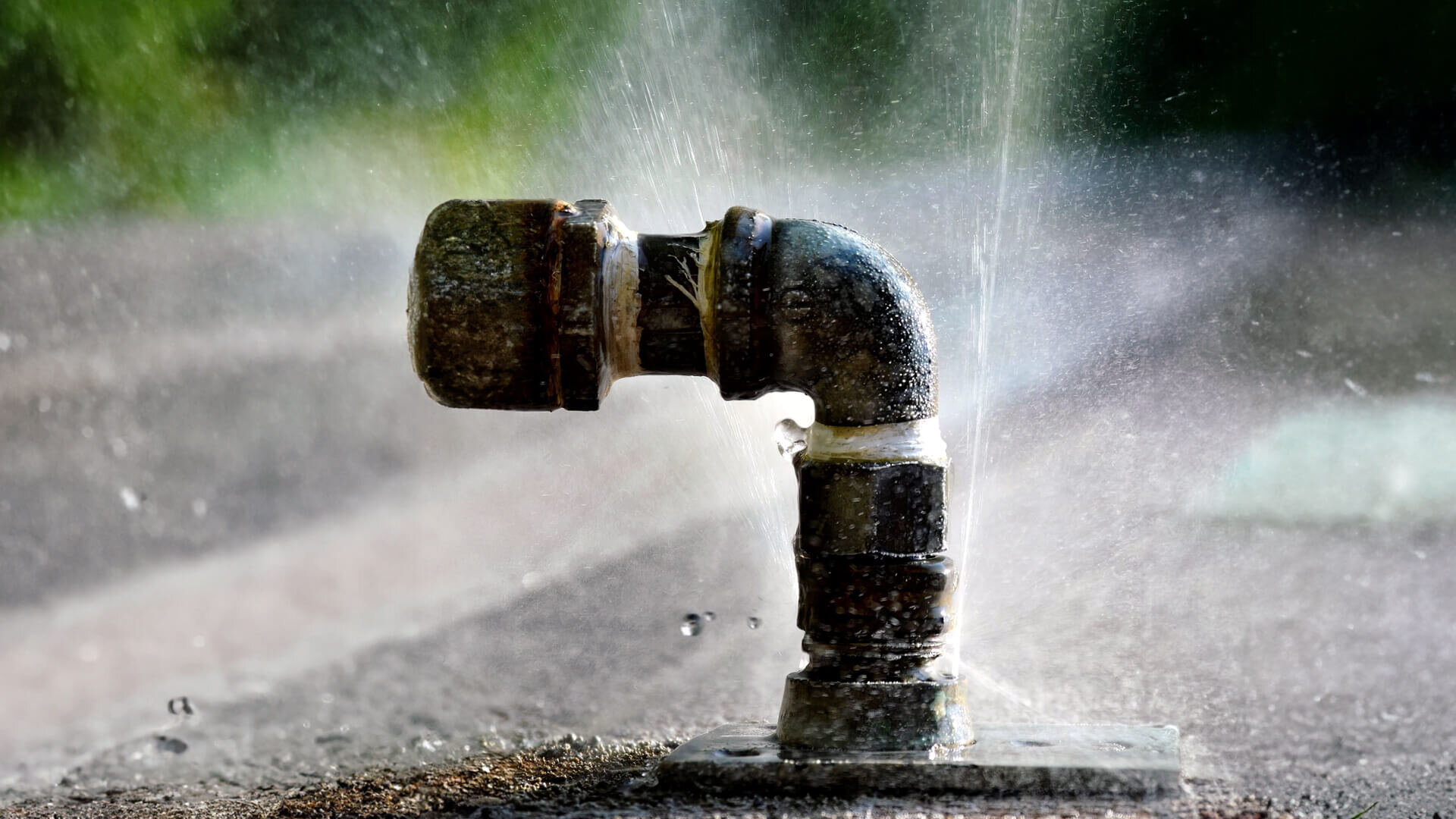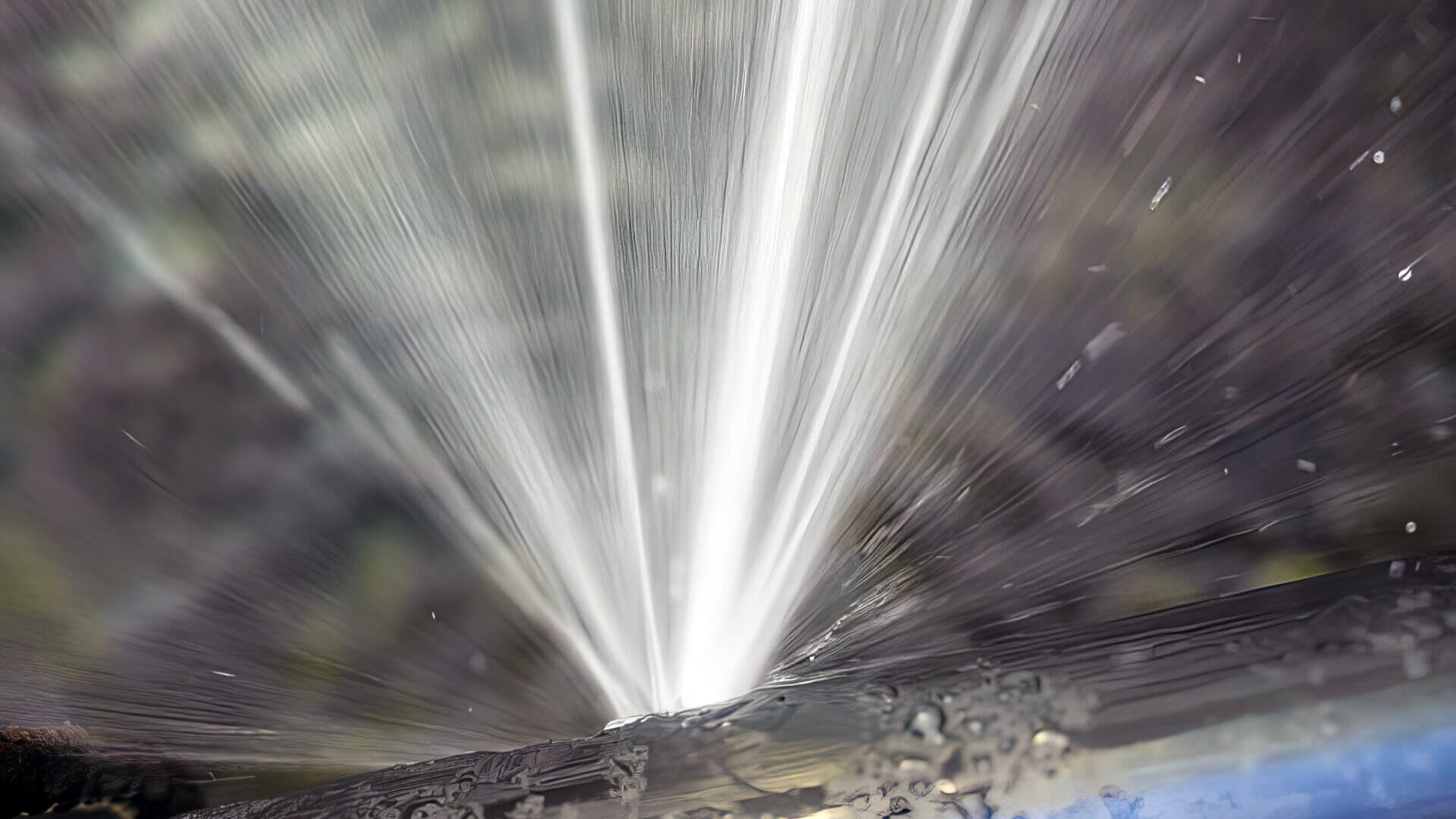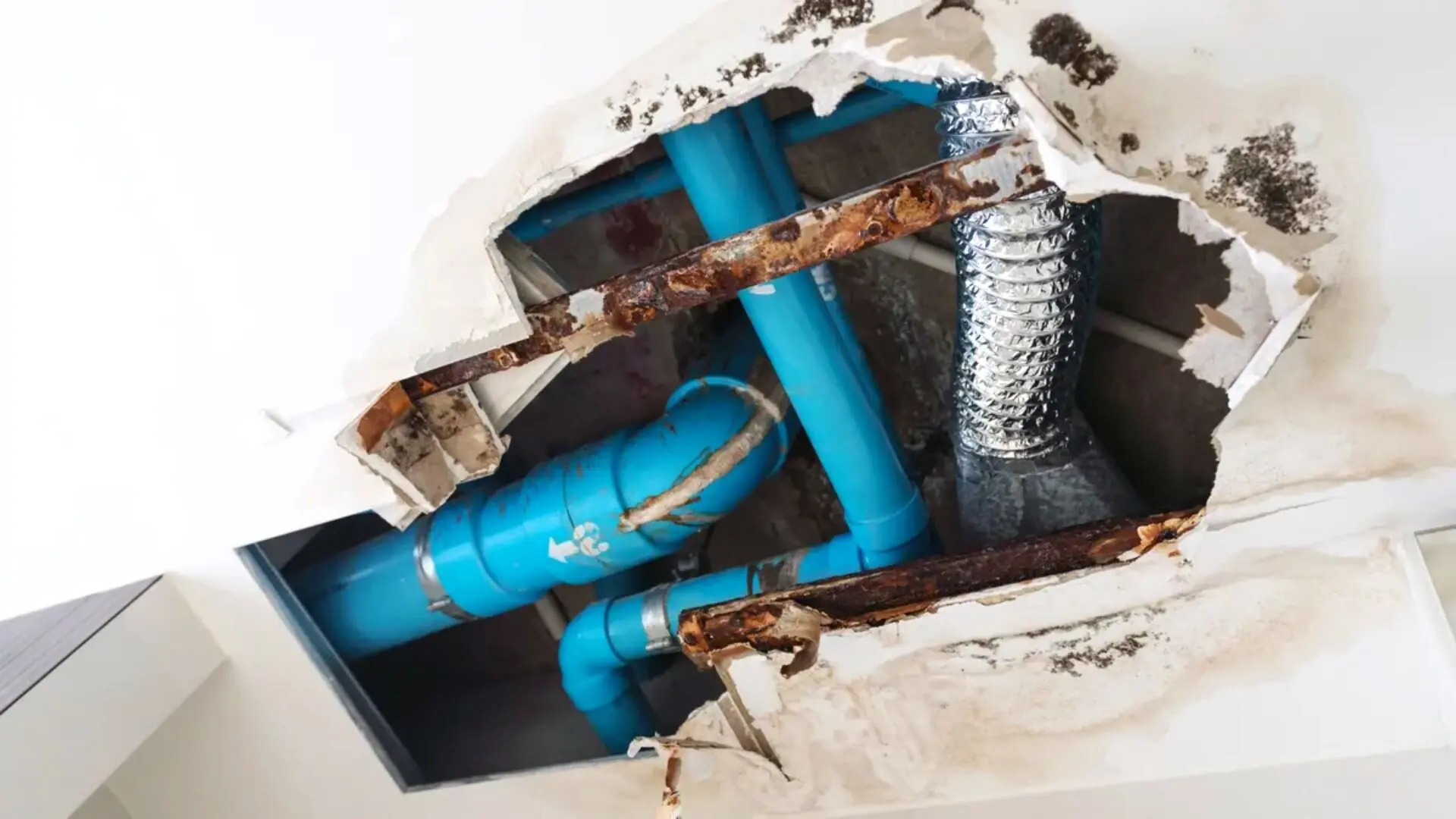Burst Pipe Insurance Claims: What You Need to Know for Water Damage Coverage
Burst Pipe Insurance Claims: What You Need to Know for Water Damage Coverage
Blog Article
Stopping Burst Pipes: Essential Tips to Safeguard Your Plumbing
Preventing burst pipes is an important concern for home owners, especially during colder months when the threat of freezing is increased. Carrying out calculated measures such as appropriate insulation, routine evaluations, and preserving constant interior temperatures can substantially decrease the possibility of pipeline failure.
Understand Pipe Vulnerabilities
Understanding pipe vulnerabilities is important for efficient plumbing maintenance and preventing expensive damage. A number of variables add to the vulnerability of pipelines to ruptureds, including material structure, age, and ecological conditions. Older pipelines, specifically those made from galvanized steel or polybutylene, typically break down with time, resulting in boosted risk of tears and leakages.
Temperature level fluctuations can additionally dramatically influence pipeline honesty. In colder environments, water caught in pipelines can freeze, broadening and applying stress on the pipe wall surfaces, which may inevitably cause a burst. Additionally, high water pressure can stress pipes, particularly at joints and bends, increasing the likelihood of failure.

Insulate Water Lines Correctly
Proper insulation of pipes is essential for avoiding freezing and succeeding ruptureds during chilly weather condition (burst pipe). Shielding your plumbing system efficiently safeguards versus temperature level drops that can result in pricey damages. Begin by determining prone areas where pipelines are revealed to exterior temperature levels, such as basements, attic rooms, and exterior walls
Usage foam pipeline insulation sleeves or wrap insulation tape around these areas to supply a protective barrier. Make sure that all areas of the pipelines, especially those with limited warmth direct exposure, get ample insulation. Pay unique focus to joints and installations, as these are much more at risk to cold.
When protecting, it's necessary to pick products that fulfill regional building ordinance and are proper for the specific environment. For instance, fiberglass insulation is typically advised for its thermal resistance residential properties - burst pipe. Additionally, consider utilizing warmth cords or tape in extreme conditions, which can be plugged in to give supplemental heat
Regularly check insulated pipelines for any indicators of wear or damage, as jeopardized insulation can diminish its efficiency. By taking these proactive procedures, you considerably decrease the threat of pipe ruptureds, guaranteeing a reliable plumbing system throughout the cold weather.
Maintain Consistent Temperature Level
A stable interior temperature is vital for avoiding burst pipelines during the frigid months. When temperature levels decline, water within pipes can freeze, increasing and developing stress that may ultimately create the pipes to burst.Making use of a programmable thermostat can assist manage interior temperatures successfully, ensuring that rooms with pipes remain cozy even when the residence is vacant.
In addition, it is sensible to allow taps to drip a little during severe cold snaps. This minor circulation of water can prevent cold by minimizing stress within the pipelines. Throughout particularly serious climate events, take into consideration temporarily putting why not try this out on hold any kind of nighttime problems on your thermostat to keep a steady warm setting. By implementing these methods, homeowners can considerably lower the risk of pipe ruptureds and guard their plumbing systems against the extreme winter elements.
Consistently Check Plumbing
Regular evaluations of pipes systems are important for stopping ruptured pipelines and preserving general home honesty. Regular checks permit homeowners to identify potential concerns prior to they rise right into pricey fixings or significant water damages. During these evaluations, it is necessary to check out noticeable pipes for indications of corrosion, leaks, or put on. Pay unique interest to areas prone to go to my blog freezing, such as cellars, attic rooms, and exterior walls.
In addition, examining links and joints is essential, as these factors are typically susceptible to leakages. Property owners should additionally examine water pressure degrees, as excessive stress can strain the pipes system and enhance the threat of pipeline bursts.
Think about organizing professional pipes inspections at least as soon as a year, particularly prior to winter, to guarantee your system is prepared for chillier temperature levels. By being aggressive in your approach, you can protect your home versus the pricey and disruptive repercussions of burst pipelines.
Know Emergency Procedures
Understanding emergency situation treatments is important for each home owner, specifically after conducting normal plumbing assessments. Being planned for a pipes emergency can substantially alleviate damage and save costs. Find your primary water shut-off valve; it is generally located near the water meter or where the primary line enters your home. Acquaint on your own with its operation, as shutting down the supply of water rapidly can avoid comprehensive flooding.
Next, maintain crucial tools handy. A pipes emergency kit need to consist of a wrench, plunger, and towels, in addition to a flashlight and a pail for tiny leaks. In addition, think about having the get in touch with info for a trusted plumbing professional conveniently available, ought to the situation rise beyond your control.
If you identify a leakage or ruptured pipe, promptly switch off the water and inform your plumbing professional. Document the damages with photographs for insurance policy functions. Recognize the signs of prospective plumbing concerns, such as unusual water pressure have a peek at this website variations or damp areas on wall surfaces
Ultimately, positive expertise and quick activity are essential in taking care of plumbing emergencies, guaranteeing your home continues to be protected and lessening potential damage.

Verdict
Finally, stopping burst pipelines requires a multifaceted approach that consists of understanding pipe susceptabilities, correct insulation, preserving consistent interior temperatures, regular examinations, and understanding of emergency treatments. By executing these crucial methods, the threat of pipes failings can be dramatically decreased, thereby making sure the durability and performance of the plumbing system. Aggressive steps not just protect against possible damage yet also add to total water preservation and the defense of building.
In colder environments, water trapped in pipelines can ice up, expanding and putting in stress on the pipe walls, which might eventually lead to a burst. When temperature levels drop, water within pipelines can ice up, expanding and developing pressure that might eventually cause the pipes to ruptured. By implementing these methods, homeowners can substantially lower the danger of pipe bursts and guard their pipes systems versus the harsh winter season components.

Report this page